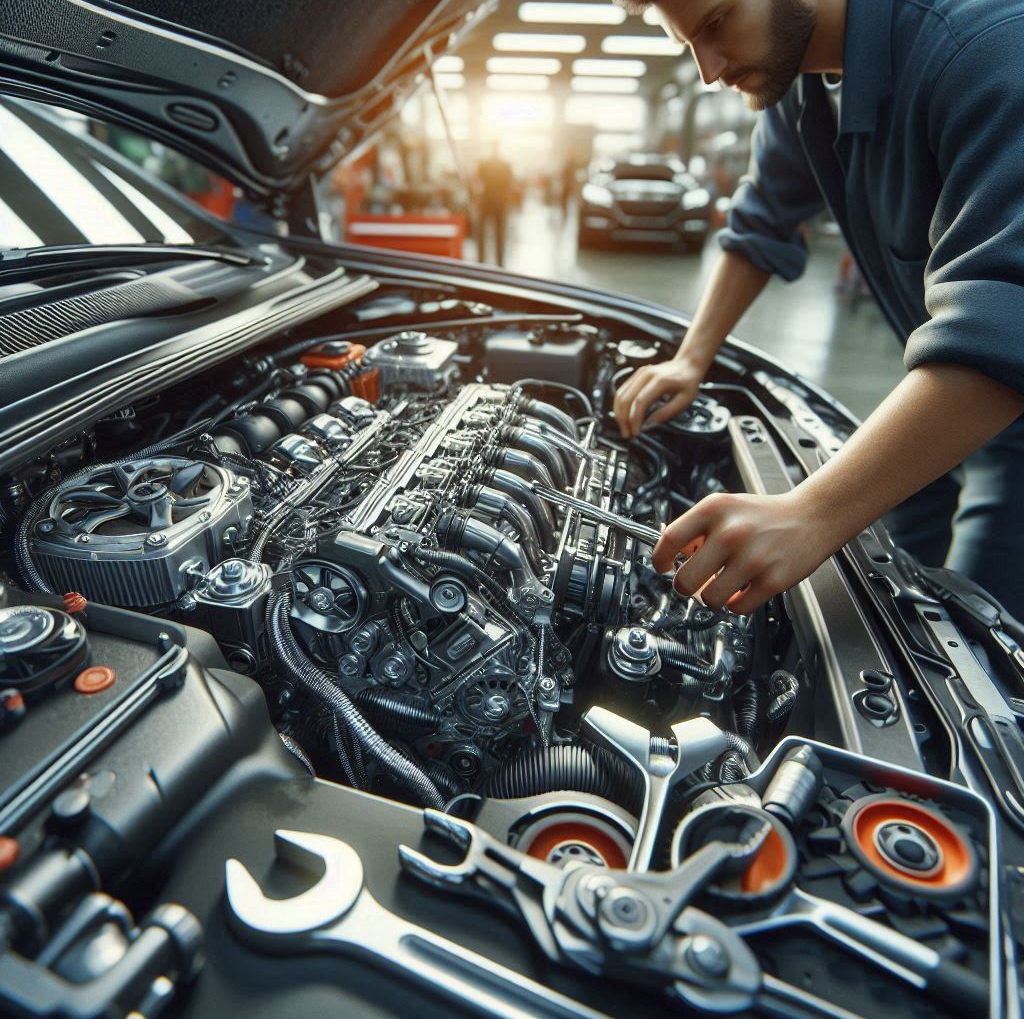Introduction
When you buy a brand-new car, the first 1,000 to 1,500 km determine how well your engine performs for the rest of its life. This process, called engine break-in, allows key components like piston rings, cylinder walls, and bearings to wear in properly. A well-executed break-in can maximize your car’s power, efficiency, and longevity, while a poor break-in can lead to long-term performance loss.
In this guide, we’ll break down the science behind engine break-in, common myths, and the right way to do it.
1. Why Engine Break-In Matters
Many people think modern engines don’t need a break-in period due to advanced manufacturing, but that’s not entirely true. The first few thousand kilometers are critical because:
🔹 Proper wear-in ensures tight engine seals – This helps reduce oil consumption and improves efficiency.
🔹 It prevents microscopic metal wear – Brand-new engine parts have microscopic rough surfaces that need to be polished through controlled use.
🔹 Enhances long-term performance – Engines that are broken in correctly maintain better fuel economy and power output for years.
2. The Biggest Myths About Engine Break-In
❌ Myth 1: “Just Drive Normally, the Car Will Adjust Itself”
- While modern engines are better built, they still need controlled usage to optimize long-term performance.
❌ Myth 2: “Baby the Engine for the First 1,000 km”
- Driving too gently can be as bad as pushing too hard. The key is controlled variations in speed and RPM.
❌ Myth 3: “Rev Hard to Break It In Faster”
- High revs too soon can damage engine components before they have settled properly.
3. The Correct Way to Break In Your Engine
Phase 1: 0-500 km – The Initial Settling Period
✅ Keep RPM under 4,000 but don’t let the engine stay at a constant speed for too long.
✅ Avoid hard accelerations but use light, varied throttle inputs.
✅ Use engine braking occasionally to help seat piston rings.
✅ Don’t use cruise control – RPM variation is essential.
Phase 2: 500-1,500 km – Gradual Load Increase
✅ Start increasing RPM gradually but stay below 5,000.
✅ Occasionally apply moderate acceleration (not full throttle) to allow engine components to adjust to higher loads.
✅ Maintain regular oil level checks – some engines consume a little oil during the break-in period.
✅ Mix highway and city driving to allow for different RPM and load conditions.
Phase 3: 1,500 km+ – Full Performance Unlocked
✅ You can now drive normally and even push the engine a bit harder.
✅ Start using full throttle occasionally to maximize power potential.
✅ Consider an early first oil change (between 1,000-2,000 km) to remove metal particles from break-in wear.
4. Bonus Tips for the Best Break-In
🔹 First Oil Change: Do the first oil change earlier than recommended (1,000-2,000 km) to flush out metal shavings.
🔹 Avoid Short Trips: Cold starts and short trips don’t let the engine reach proper operating temperatures.
🔹 Fuel Quality Matters: Use manufacturer-recommended fuel to prevent unnecessary carbon buildup.
🔹 Tire & Brake Break-In: Your engine isn’t the only thing breaking in—gradually bed in your brakes and tires too.
5. Conclusion: Set Your Engine Up for Success
A well-broken-in engine will reward you with better performance, fuel efficiency, and longevity for years to come. Follow these steps, avoid the myths, and your car will thank you with a smoother, stronger ride.
Want more car care secrets? Stay tuned for more expert guides! 🚗💨

